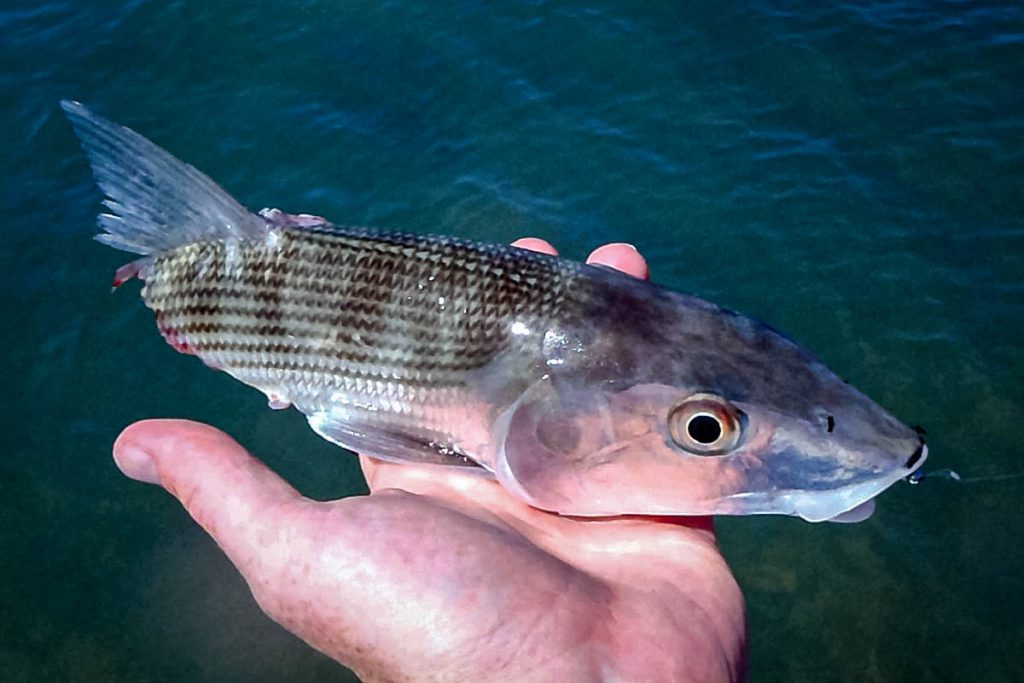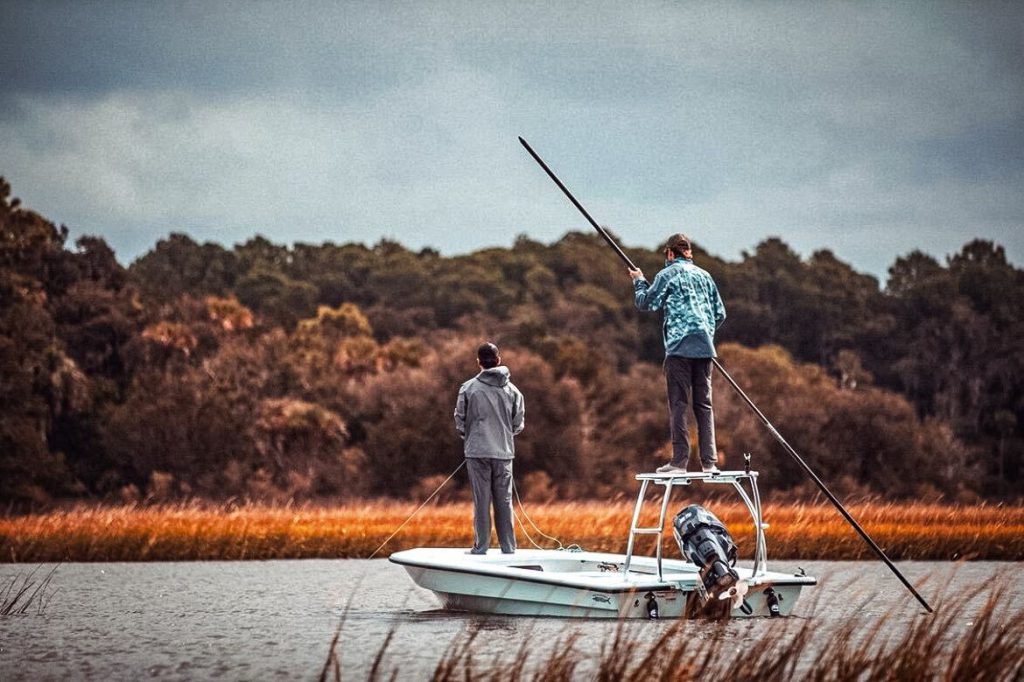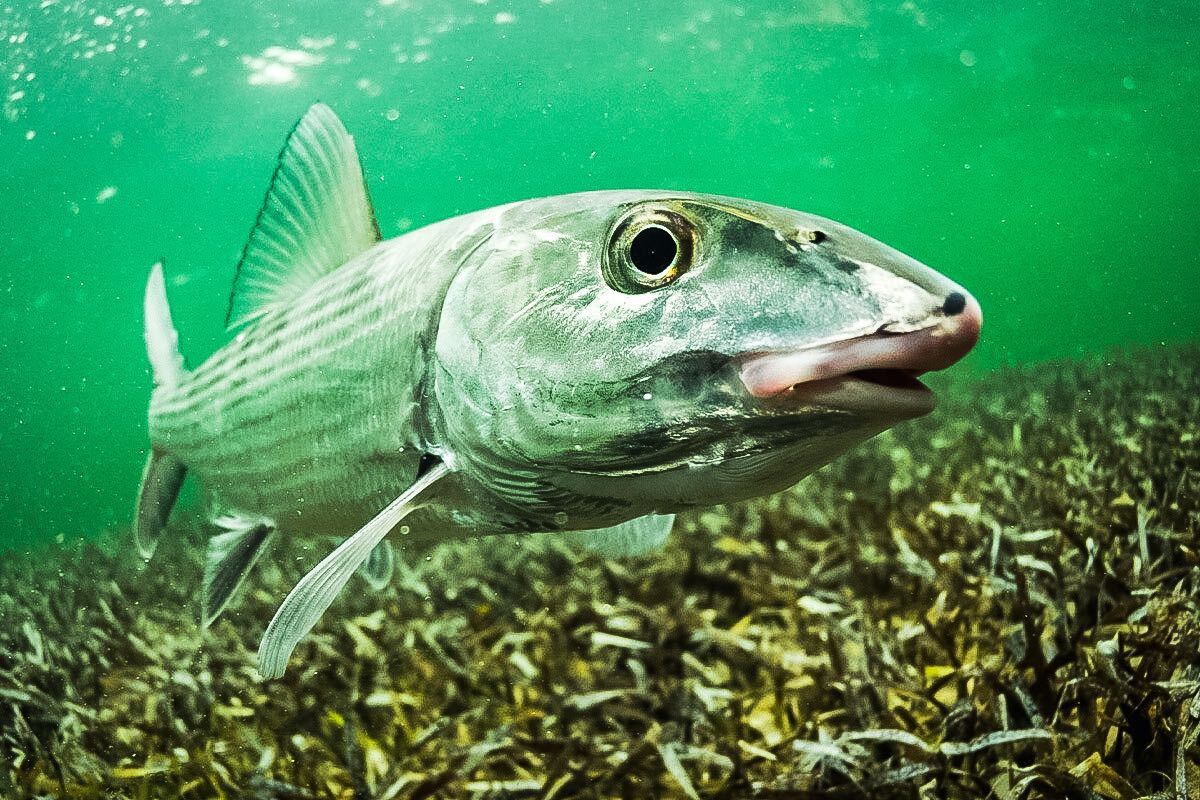A recent study in South Florida discovered 58 pharmaceuticals in the blood and tissue of bonefish in Biscayne Bay and the Keys ranging from antidepressants and painkillers to blood pressure and prostate medications.
OK, first of all, WTF?!
And second, you may think you’re getting better at catching bones, but it’s really because they’re all chilled-out on Xanax and don’t care about being caught (this may actually be happening).
In all seriousness, the discovery of pharmaceutical contaminants in bonefish is adding one more layer of insult to injury in a fishery and ecosystem that is already struggling with increasingly poor water quality and severe habitat degradation.
“So these bonefish or redfish or your favorite coastal fish, they’re already at a habitat deficit. And now, the most important habitat, the water, is becoming more and more compromised.”
—Dr. Aaron Adams, Director of Science and Conservation at the Bonefish and Tarpon Trust
21 Million Flushes
During a three-year study conducted by the Florida International University’s Coastal Fisheries Lab (FIU) and the Bonefish & Tarpon Trust (BTT), researchers sampled 93 fish in South Florida. Every fish tested positive, with an average of seven pharmaceuticals detected per bonefish.
They discovered a mind-boggling 17 pharmaceuticals in a single fish.
It’s not hard to determine the cause of the contamination.
First, of the roughly 4.55 billion prescriptions filled each year in the US, the most recent data shows Florida residents filled more than 245 million of them.
Second, between 2010 and 2020, Florida’s population grew from a bit over 18.8 million to more than 21.5 million people. That rate is nearly double the national average.
And finally, in addition to the abundance of unabsorbed drugs in human urine and feces that’s already in the wastewater mix, the US Food and Drug Administration advises people to dispose of unused and expired medications by simply flushing them down the toilet if a local drug take-back program is not available.
Dr. Jennifer Rehage, lead researcher on the study, did not mince words when she recently presented the study’s results.
“These findings are truly alarming,” Rehage said. “Pharmaceuticals are an invisible threat, unlike algal blooms or turbid waters. Yet these results tell us that they are a formidable threat to our fisheries and highlight the pressing need to address our longstanding wastewater infrastructure issues.”
RELATED – Tampa Bay Red Tide Aftermath: What Comes Next?
Downstream Effects

An abundance of research has shown that pharmaceutical contaminants affect all aspects of fish life cycles, including their feeding, activity, sociability, reproduction, and migratory behavior.
While most research in this area has focused on freshwater species, where this kind of contamination is typically found, Dr. Aaron Adams, director of science and conservation at BTT, is all too aware that this issue in South Florida could lead to significant long-term problems in the saltwater fishery.
“Based on research that’s been done on species like salmon, perch, and others, we would expect some behavioral changes,” Adams told Free Range American. “For example, with anti-anxiety meds, fish tend to become less worried about predators, so they’re more likely to get eaten.”
“They will often migrate sooner, as well,” he added. “Juvenile survival of fish exposed to pharmaceuticals is lower. Growth can be affected. If they have different social behaviors associated with spawning or other communication, that definitely could have long-term consequences.”
Adams pointed out another aspect of the situation that should raise major red flags: the geographic concentration of contaminants.
“If bonefish sampled in the Florida Keys, which have a lot of tide movement and ocean currents, if they’re affected, imagine what might be, say, in a redfish that’s in an enclosed estuary like Charlotte Harbor,” he said.
RELATED – Florida’s Captains for Clean Water: Q&A With Co-Founder Chris Wittman
The Cost of Contamination

The scope of potential long-term damage is easy to imagine. And it’s not just bonefish that will suffer.
Researchers also found pharmaceuticals in bonefish prey — crabs, shrimp, and forage fish — suggesting that the impacts of this contamination will be seen in various layers of Florida’s valuable fisheries.
Even without pharmaceutical contamination, predator and prey species are already operating from a deficit due to habitat loss from other problems caused by humans, mainly nutrient overloaded water from Lake Okeechobee, poor water conveyance, outdated septic systems, and unsustainable agriculture demands.
Adams ticked off a list of issues to illustrate the point.
“Florida has already lost something like 50% of its mangroves from pre-development 150 years ago,” he said. “We’ve lost over 2 million acres of seagrass, over 9 million acres of wetland. In some estuaries like Charlotte Harbor, for example, they’ve lost 80% of their oyster bars.”
“So these bonefish or redfish or your favorite coastal fish, they’re already at a habitat deficit,” he said. “And now, the most important habitat, the water, is becoming more and more compromised.”
Adams knows that while the pharma contamination is not at the root of habitat loss, it certainly doesn’t help.

RELATED – Man Overboard: What to Do if Your Fishing Guide is a Total Asshat
Of course, the cost of a depleted fishery and ecosystem will also be felt in communities throughout the state, as Jim McDuffie, BTT president and CEO, explained in a recent statement.
“These contaminants pose a significant threat to the flats fishery,” McDuffie said, “an important part of Florida’s recreational saltwater fishery, which has an annual economic impact of $9.2 billion and directly supports 88,500 jobs.”
Plus, it’s not hard to imagine contaminants making it right back to humans in popular fish and crustacean menu items.
The hard truth is that profound infrastructure improvements need to happen before the state can even begin to scratch the surface of improving water quality.
Legislation has been passed to modernize Florida’s water policy under the state’s current administration. Funding of more than $2 billion for water quality issues has also been provided — including a recent $1 billion boost to help with Everglades restoration.

But even with that influx of funding, Adams, and many others, have seen too much fiscal irresponsibility and believe a long-term commitment and policy change are needed rather than ineffective piecemeal PR moves.
“It’s essential that [Florida water quality] is seen as a long-term change and investment,” Adams said. “This isn’t going to get fixed in a politician’s two or four-year election cycle.”
“Hopefully, what the pharmaceutical work will do is elevate a bigger picture perspective more into the policy discussion,” he added. “So the politicians can’t try and partition it into little components that they address one of in a very public way, but don’t address any of the others.”
READ NEXT – Everglades Restoration Gets $1.1 Billion Boost, But Where’s it Flowing?








Jody mills says
How do I get a list of what fish and shrimp to avoid?
Matt Smythe says
There’s no specific list available, but if you want to be on the safe side, just double-check the source on whatever you buy.